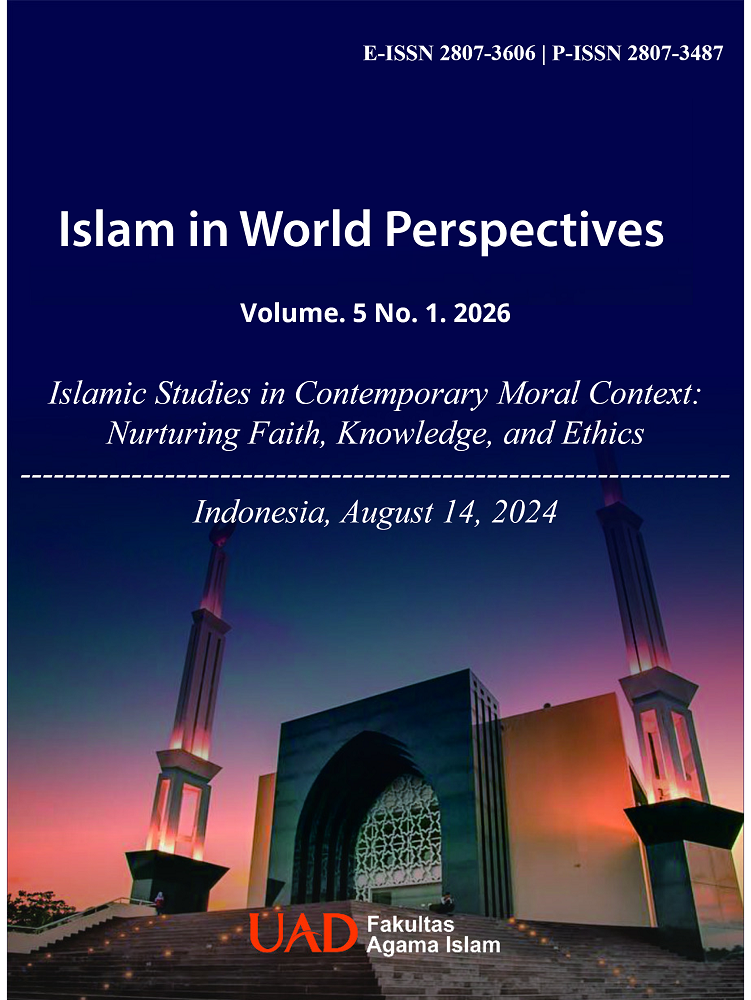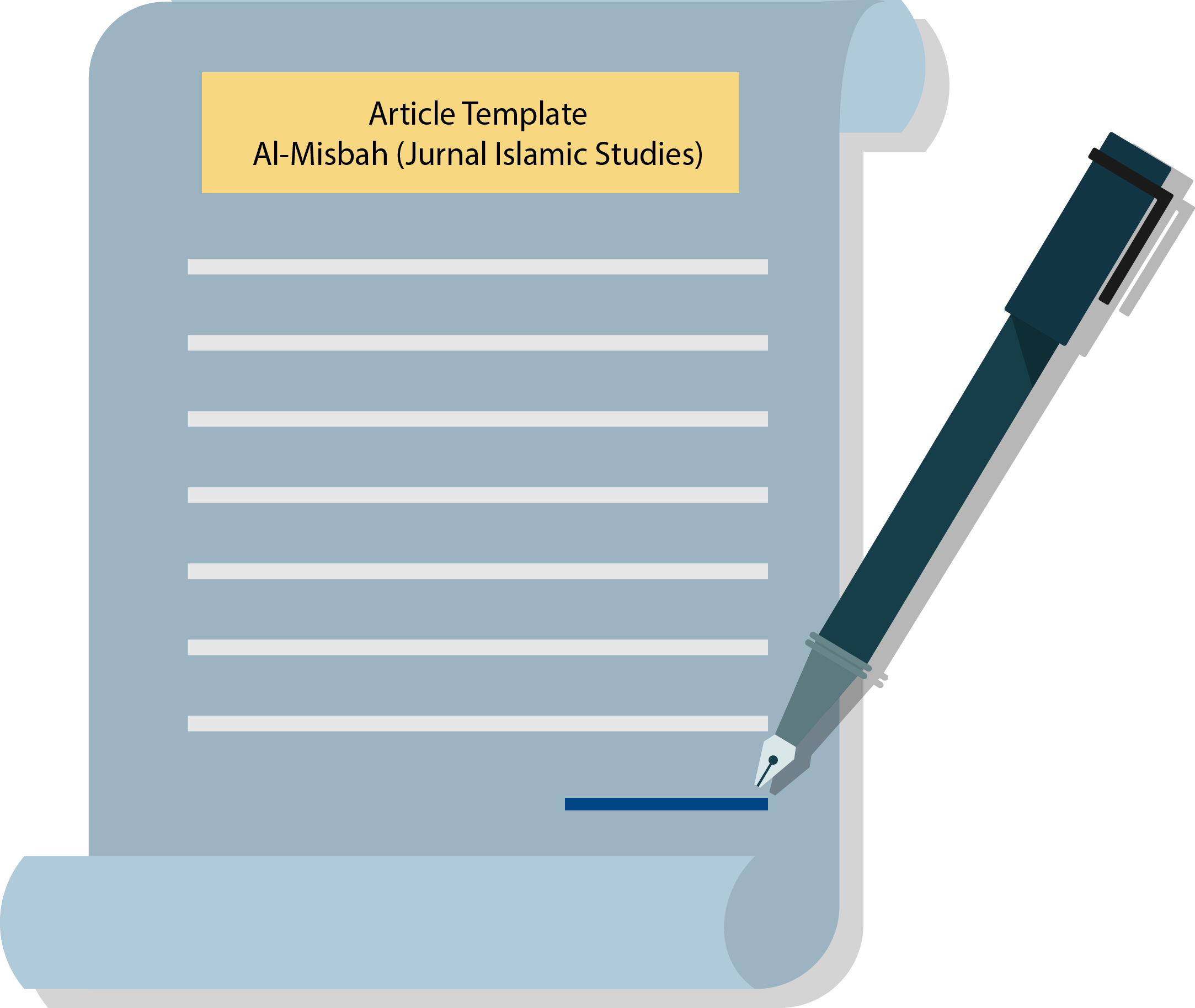The The textual and contextual approaches in hadits study
Abstract
This research focuses on understanding hadith with a textual and contextual approach. The background of this research is rooted in the many errors in the interpretation of hadith which often lead to radical and extreme understanding. The purpose of this study is to explain how textual and contextual approaches can improve the understanding of hadith. This type of research is a library study that examines hadith theories and methodologies from various sources. Content analysis is carried out by examining the matan hadith, identifying language patterns such as jawami' al-kalim, tamsil, ramzi, and dialogue, and applying an analogy approach in interpretation. The results of the study show that the textual approach is more suitable for mahdah worship, while the contextual approach is needed to understand hadith in historical and social contexts. The implication of this study is the importance of a deep and wise understanding in interpreting hadith to prevent misunderstandings that can have an impact on extreme behavior.
Downloads
Published
Issue
Section
License
Copyright (c) 2024 Syarif Hidayat, Ahmad Ahadi, Rz Ricky Satria Wiranata

This work is licensed under a Creative Commons Attribution-ShareAlike 4.0 International License.
Authors who publish with Islam in world perspectives agree to the following terms:
- Authors retain copyright and grant the journal right of first publication with the work simultaneously licensed under a Creative Commons Attribution License (CC BY-SA 4.0) that allows others to share the work with an acknowledgment of the work's authorship and initial publication in this journal.
- Authors are able to enter into separate, additional contractual arrangements for the non-exclusive distribution of the journal's published version of the work (e.g., post it to an institutional repository or publish it in a book), with an acknowledgment of its initial publication in this journal.
- Authors are permitted and encouraged to post their work online (e.g., in institutional repositories or on their website) prior to and during the submission process, as it can lead to productive exchanges, as well as earlier and greater citation of published work.

This work is licensed under a Creative Commons Attribution-ShareAlike 4.0 International License.



